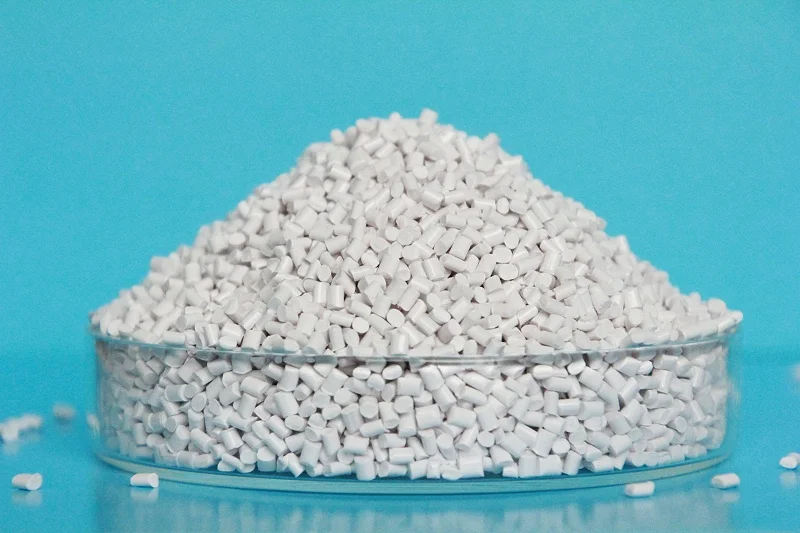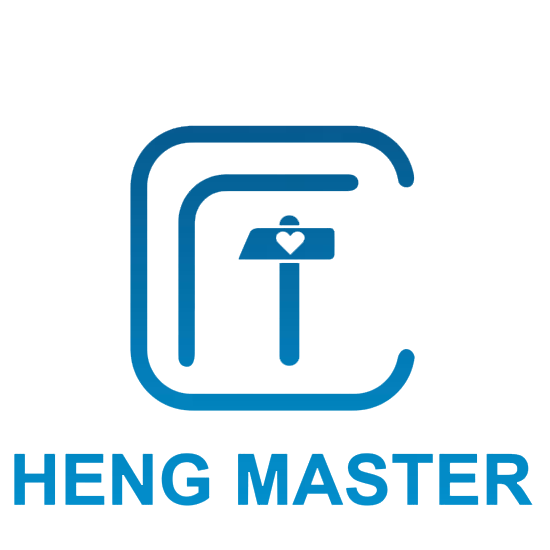I. Industry Changes: Challenges and Opportunities for Recycled Plastics
Global primary plastic production capacity is in excess (output continues to surpass demand), and the utilization rate has long been at a low level (around 70%). Coupled with the new US trade tariffs (targeting plastics/petrochemicals) and the blocking of the "duty-free micro - parcel" loophole, the global plastic supply chain is experiencing severe shocks. This not only impacts the plastic recycling market but also drives up the costs of municipal/commercial recycling systems. Moreover, it puts pressure on the stability of the end - market for recycled plastics. In this context, manufacturers are forced to re - examine their raw material strategies to find ways to survive and transform in an uncertain environment.
The abolition of the "minimum exemption clause" is expected to reduce dependence on low - cost imported plastics and improve the domestic recycling system. However, the entire value chain needs to adapt collaboratively. For enterprises that have long relied on overseas raw materials, the flexibility to transform has become a key challenge.
II. Food-Contact rPP: Potential and Constraints
In the wave of plastic sustainability, food-contact hard/soft polypropylene (PP) has become a "treasure trove" of value due to the large gap in its recovery rate. It helps reduce carbon emissions and conforms to the policy orientation of packaging recycling. However, to unlock this potential, we first need to solve the industry puzzle of "why hard/soft food-grade PP still remains on the fringes of mainstream recycling".
(I) Breaking the "Recyclable" Perception Barrier
The recycling system has long focused on bottle - type packaging (such as glass beer bottles, PET/HDPE bottles). These packages, with the "recyclable" selling point, have built a mature global network. In contrast, items like PP food boxes, trays, cups, and bowls were not included in the early recycling systems and have long been labeled as "trash". The inertia of this historical perception still persists today.
The classification guidelines of most local governments worldwide do not cover PP food packaging. This stems from "inertial dependence" and "lack of value recognition". To solve this, two steps are needed: First, local governments should cooperate with recycling enterprises to clearly guide residents to dispose of PP packaging. Second, "plan space" for PP materials in the recycling system, opening up the recycling link from both the institutional and practical levels.
(II) Role Transformation of Recycling Facilities
Recycling sorting centers (MRFs) view PP collection as a "complexity trap" - it increases operating costs and "dilutes" the economic value of the overall waste. This leads to the short - sighted choice of "landfilling first".
To break this situation, industry collaboration is needed. Institutions such as Closed Loop Partners and the Polypropylene Recycling Alliance should promote the improvement of PP recycling infrastructure. Currently, PP packaging accounts for only 15% of waste plastics. However, with targeted collection and classification of PP food packaging, its proportion and value release potential will increase significantly. The key lies in establishing a precise recycling mechanism.
III. Industry Warning: Self - rescue or "Replacement"
(I) Insights from the UK Experience
The UK has achieved remarkable results in focusing on the recycling of PP food packaging (PPT). Research by RECOUP in 2024 shows that the PPT recovery rate has jumped from 20% in 2013 to 40%, with an annual recovery of 174,000 tons. As of April 2024, 89% of local governments in the UK have implemented curbside collection of PPT, driving the overall growth of plastic/paper recycling.
In the UK market, PP packaging accounts for 2/3 of the weight of food packaging due to its "light weight, high strength, and good heat resistance". The core issue is not "whether it can be recycled" but "the lack of incentives" to promote closed - loop recycling. This provides a reference for China: Under the pilot of "waste - free cities" and the promotion of the "dual carbon goals", cities like Hangzhou and Guangzhou have already trial - built plastic recycling lines, but PP packaging has not been included in a specialized system. If regulations, investment, and industry collaboration are effectively combined, the potential of China's PP recycling market will be quickly activated.
(II) The "Replacement" Crisis in the Plastic Industry
Brands and retailers are accelerating the "de - plasticization" process, switching to materials such as paper and aluminum. However, the "paper - based trend" may seem to cater to environmental protection in the short term but actually results in a higher carbon footprint. If the plastic industry fails to build a closed - loop recycling system for food - grade PP in a timely manner, it will not only miss market opportunities but also face the risk of being marginalized by high - carbon alternatives.
Traditionally, recycled PP has been mostly used in non - food rigid products such as pallets. To unlock its value, it is necessary to break through low - value - added scenarios and establish a food - grade closed loop. Recycled materials must meet food - contact safety standards, which places high demands on equipment and technology. This is the inevitable path for industry upgrading.
In conclusion, the breakthrough of food-contact rPP requires breaking perception barriers, upgrading recycling infrastructure, learning from international experiences, and building a closed - loop system. Only by taking the initiative to transform can the plastic industry hold its ground in the wave of sustainability instead of being overwhelmed by the "replacement" wave.

 Hot News
Hot News2025-08-20
2025-07-28
2025-06-20

Copyright © 2025 by Zhejiang Hengjiang Plastic Co., Ltd. - Privacy policy